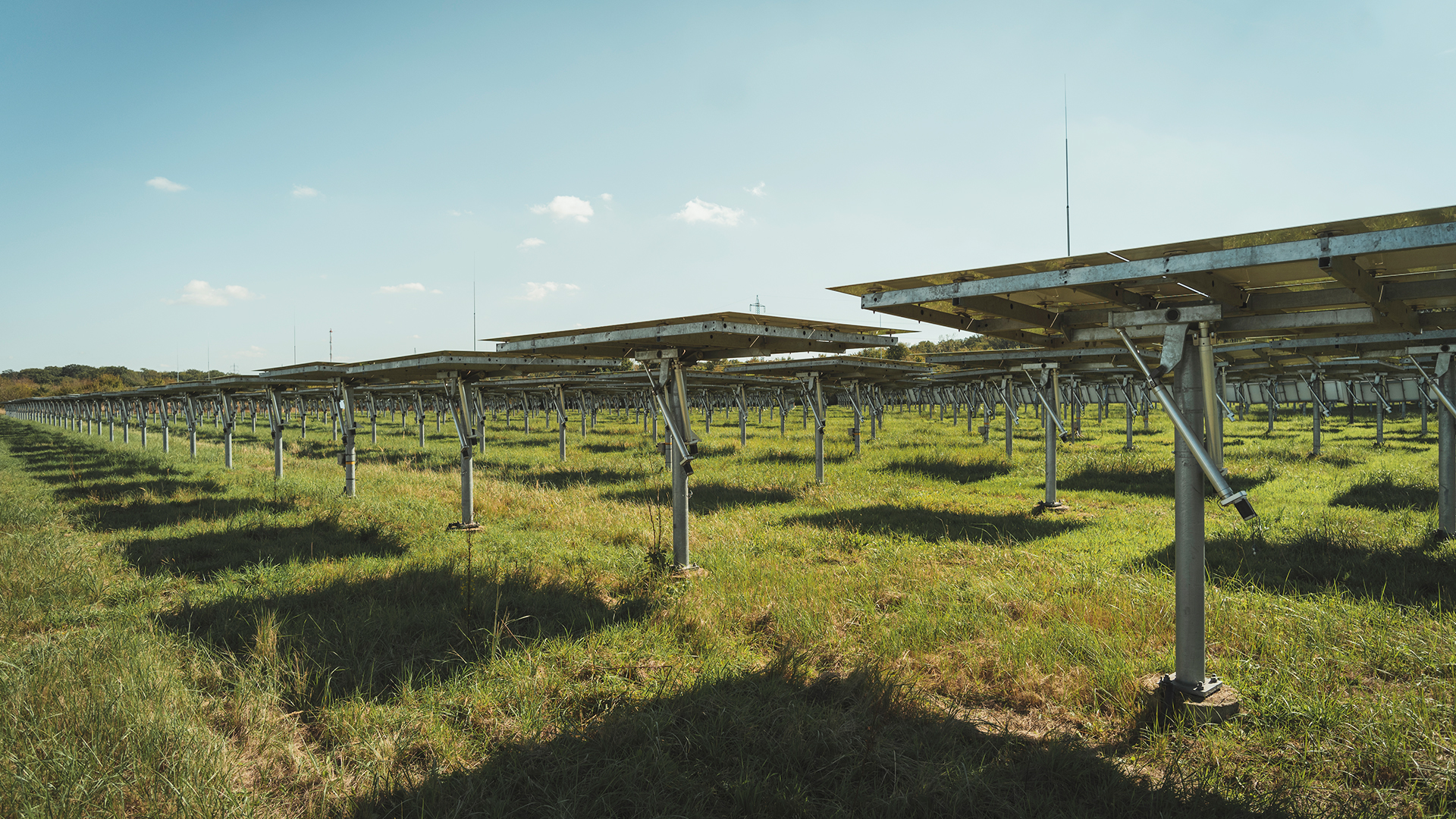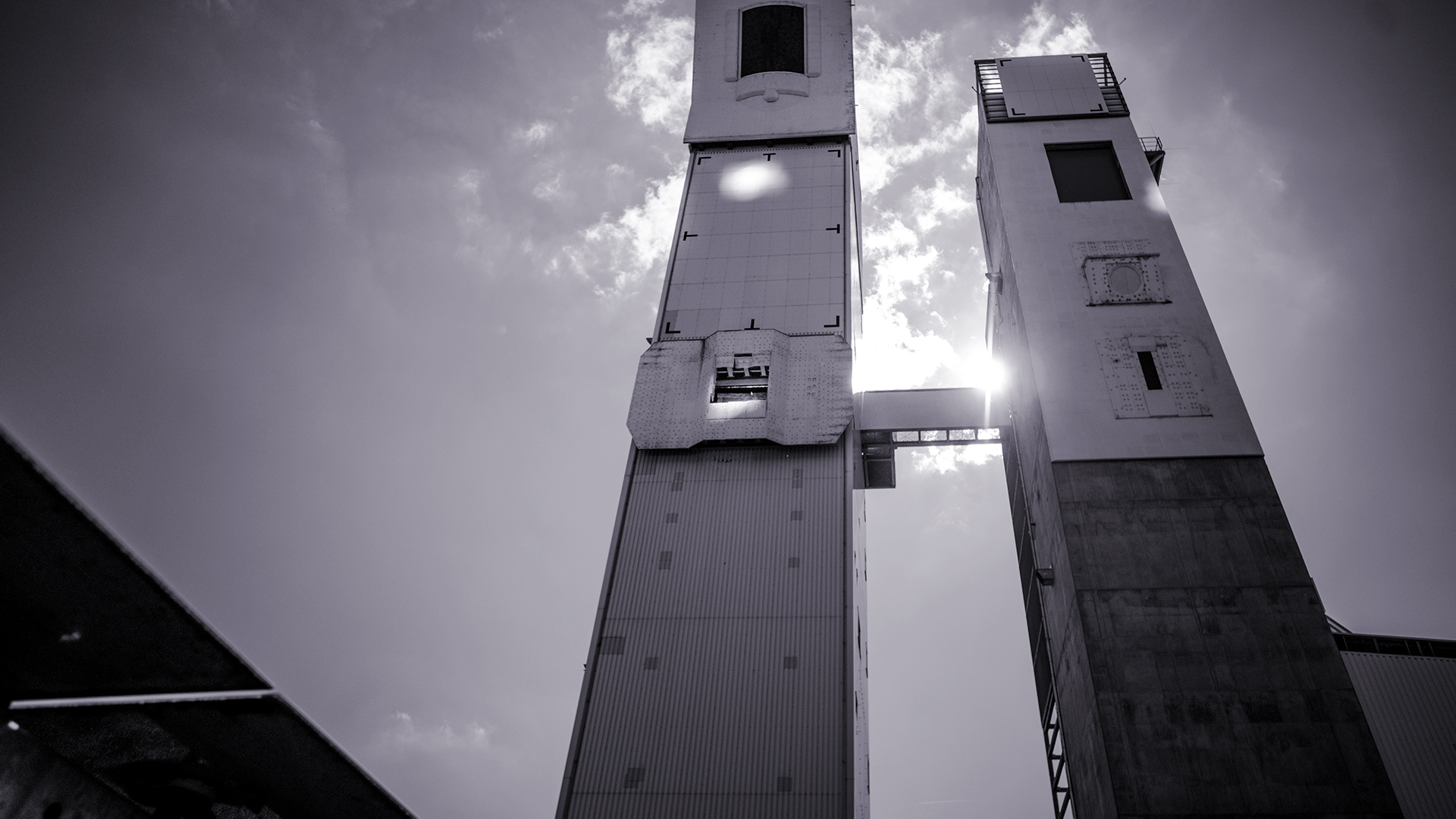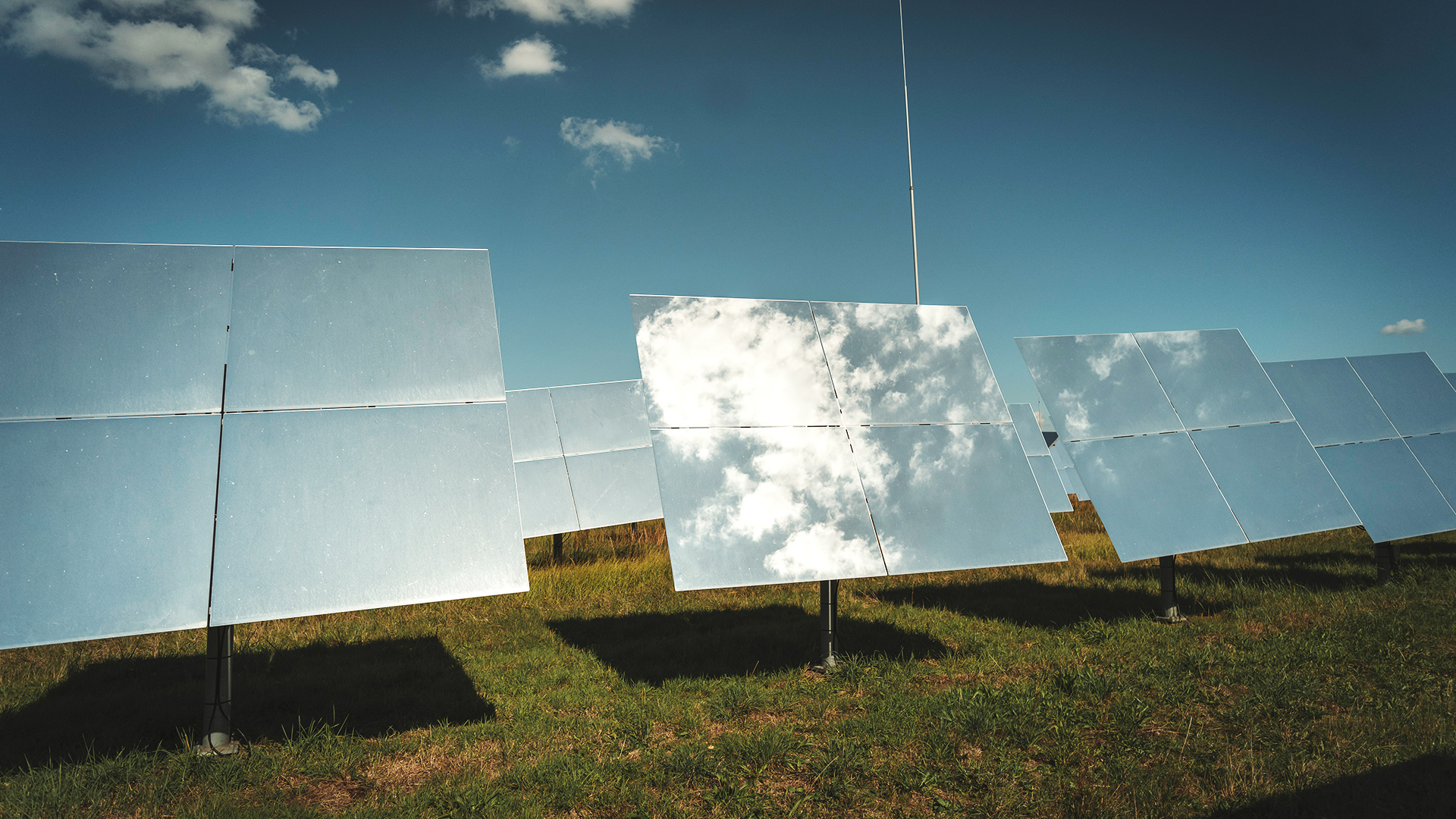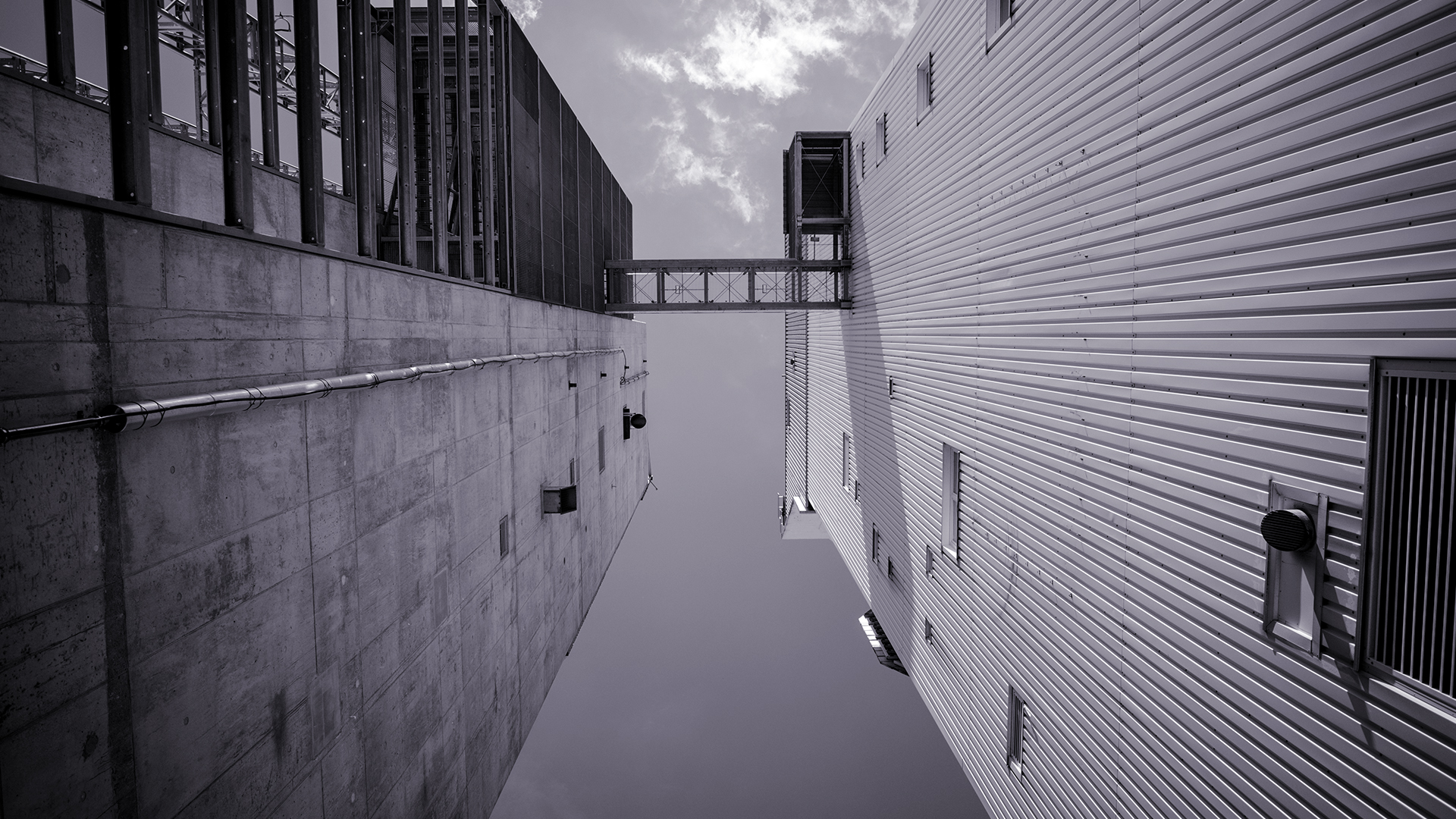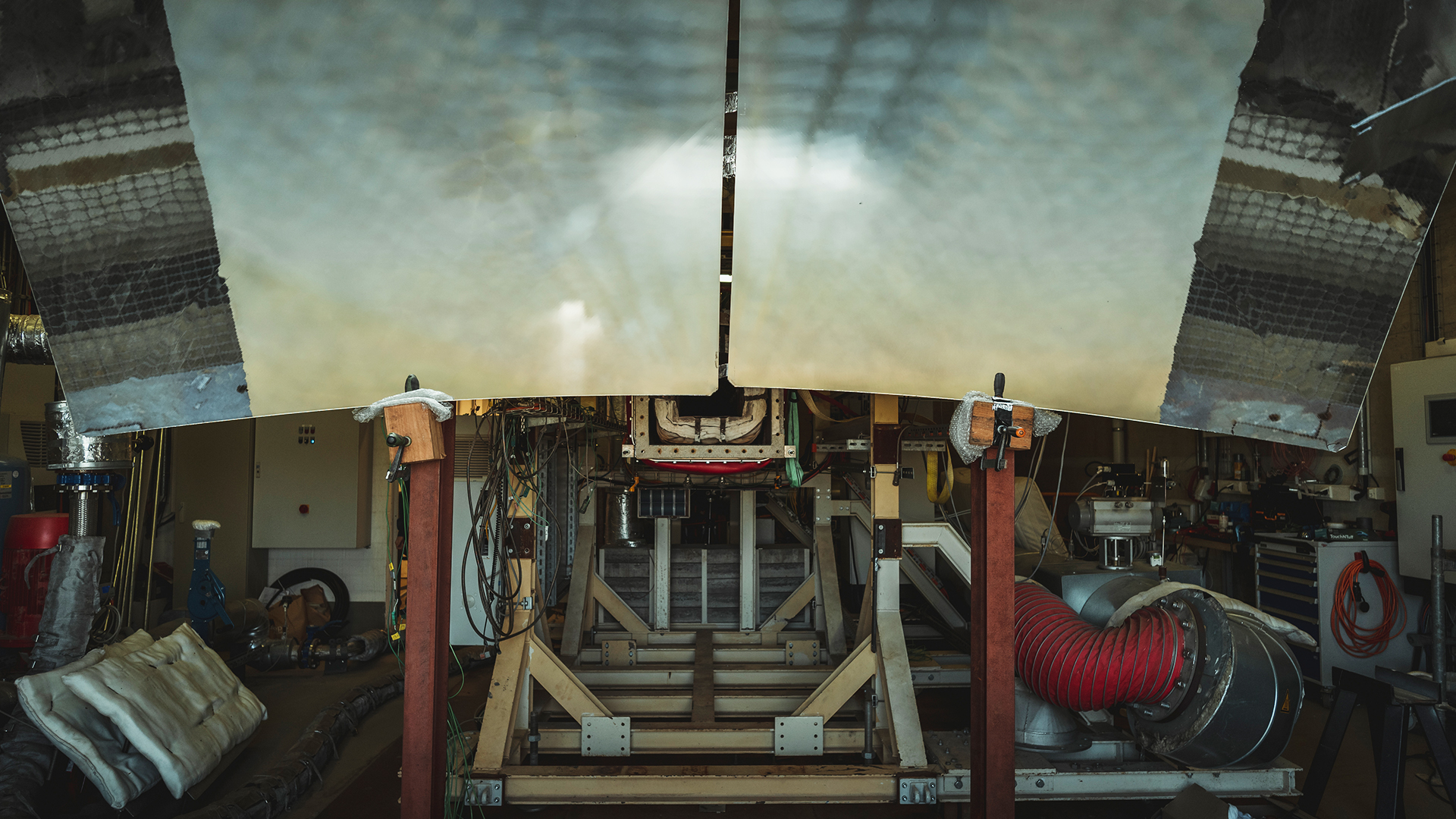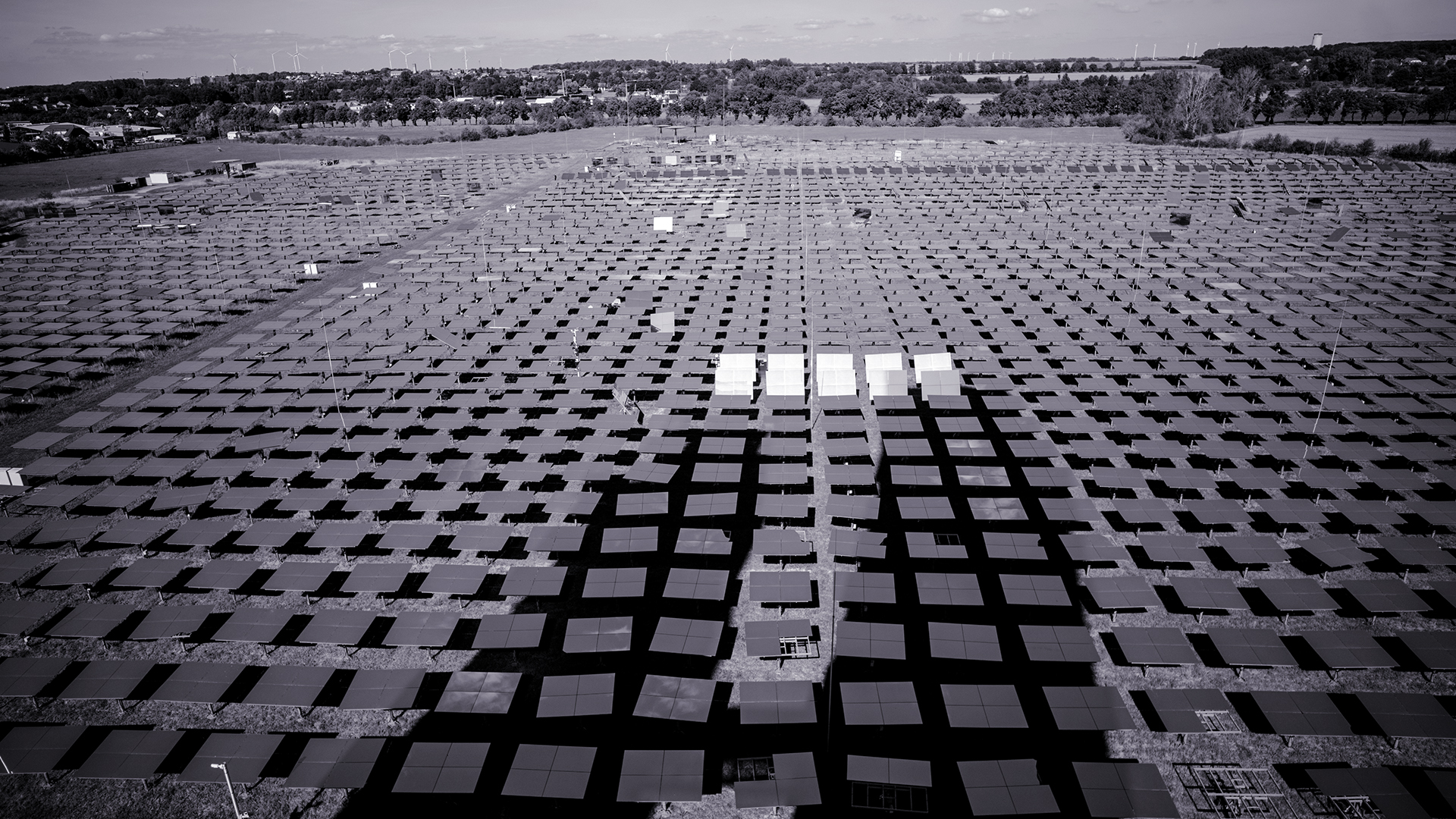
Achieving more with less
Thanks to its unique technology, Zonares can generate three times as much electricity, on the same (surface) area, as the currently most used photovoltaic (solar panel) technology, and it also supplies it in a way that is better for the power grid. The additional benefit is that the technology cost-effectively recuperates wasted energy to desalinate seawater.


What do we do?
Zonares uses patented optic technology to concentrate sunlight from a mirror field into a much smaller surface area on a more expensive but far more efficient solar cell. It does so by combining concentrated solar power (CSP) and photovoltaic (PV) technologies so that the conversion of solar power takes place via solar panels instead of heat. This leads to significantly higher efficiency, and a 5 to 10% lower cost of electricity. Additionaly, the residual heat, which is worthless when using standard solar panels, can be used, for example, to desalinate seawater at very low additional costs.
How does it work
Utility PV vs Zonares PV
(to generate the same amount of electricity)
AREA
UTILITY PV
Requires large surface (expensive and impractical)
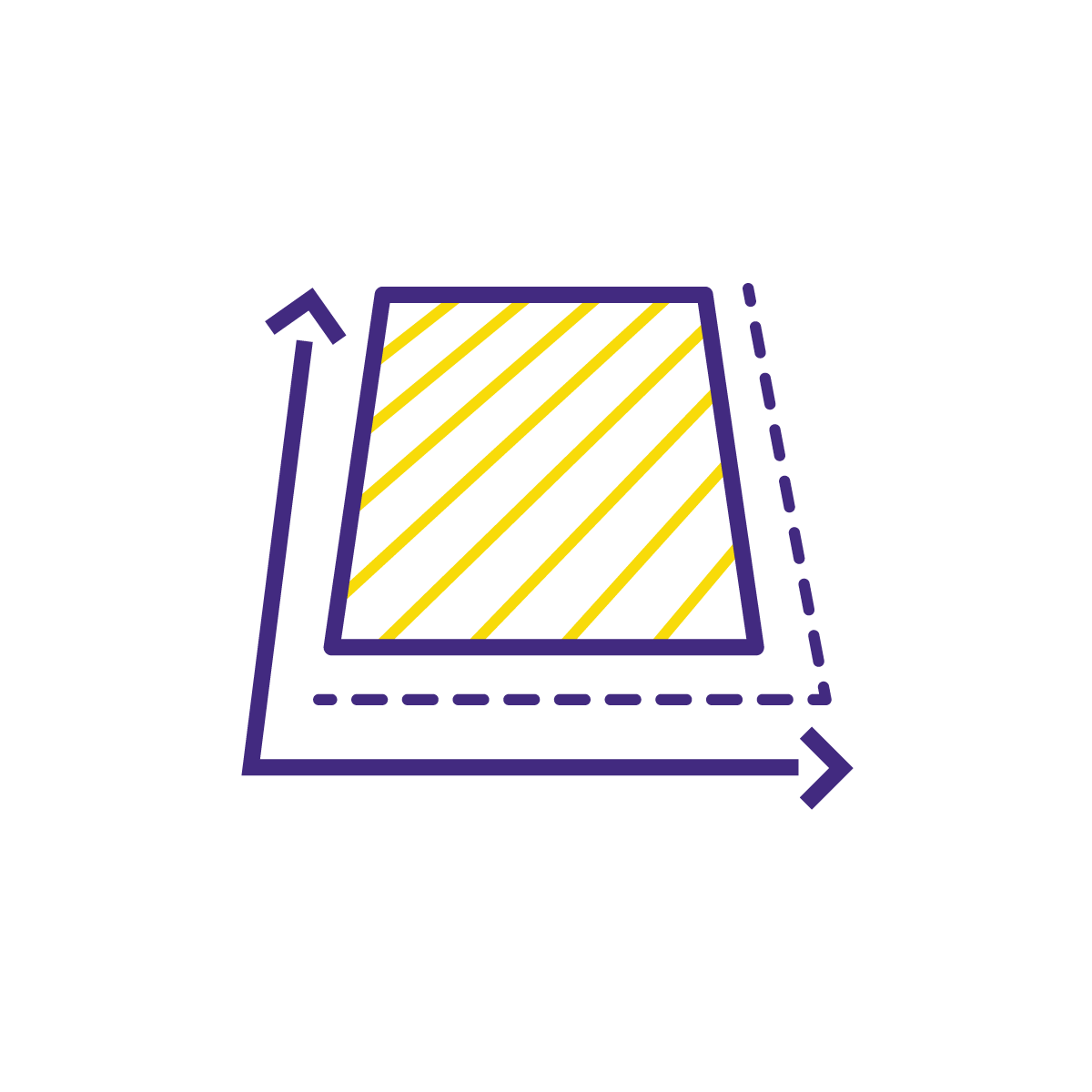
ZONARES PV
Significantly smaller area required (66% less)
Conversion
UTILITY PV
Conversion efficiency
20%
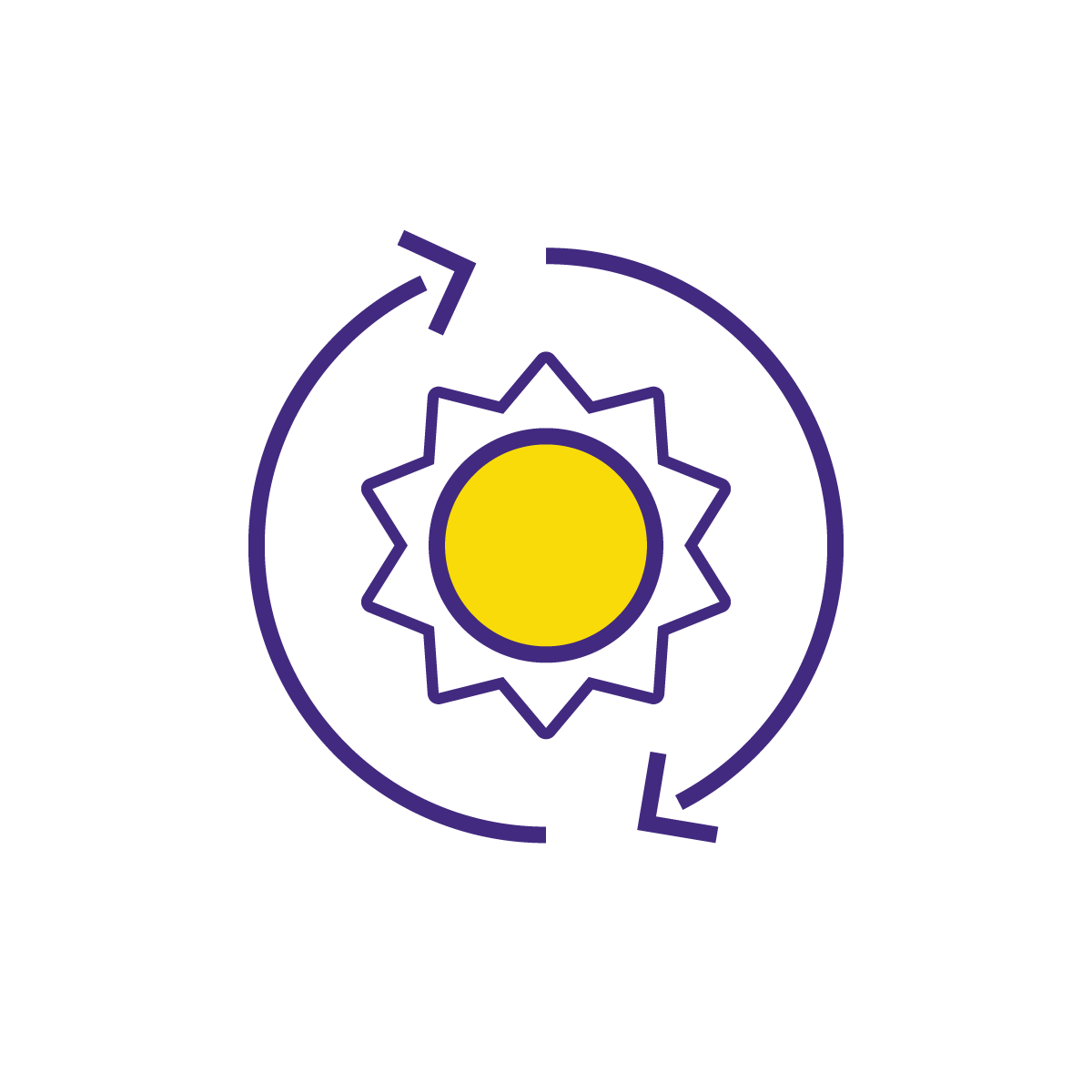
ZONARES PV
Conversion efficiency
35%
COMPATIBILTY
UTILITY PV
Compatibility is low with Grid
(late peak)
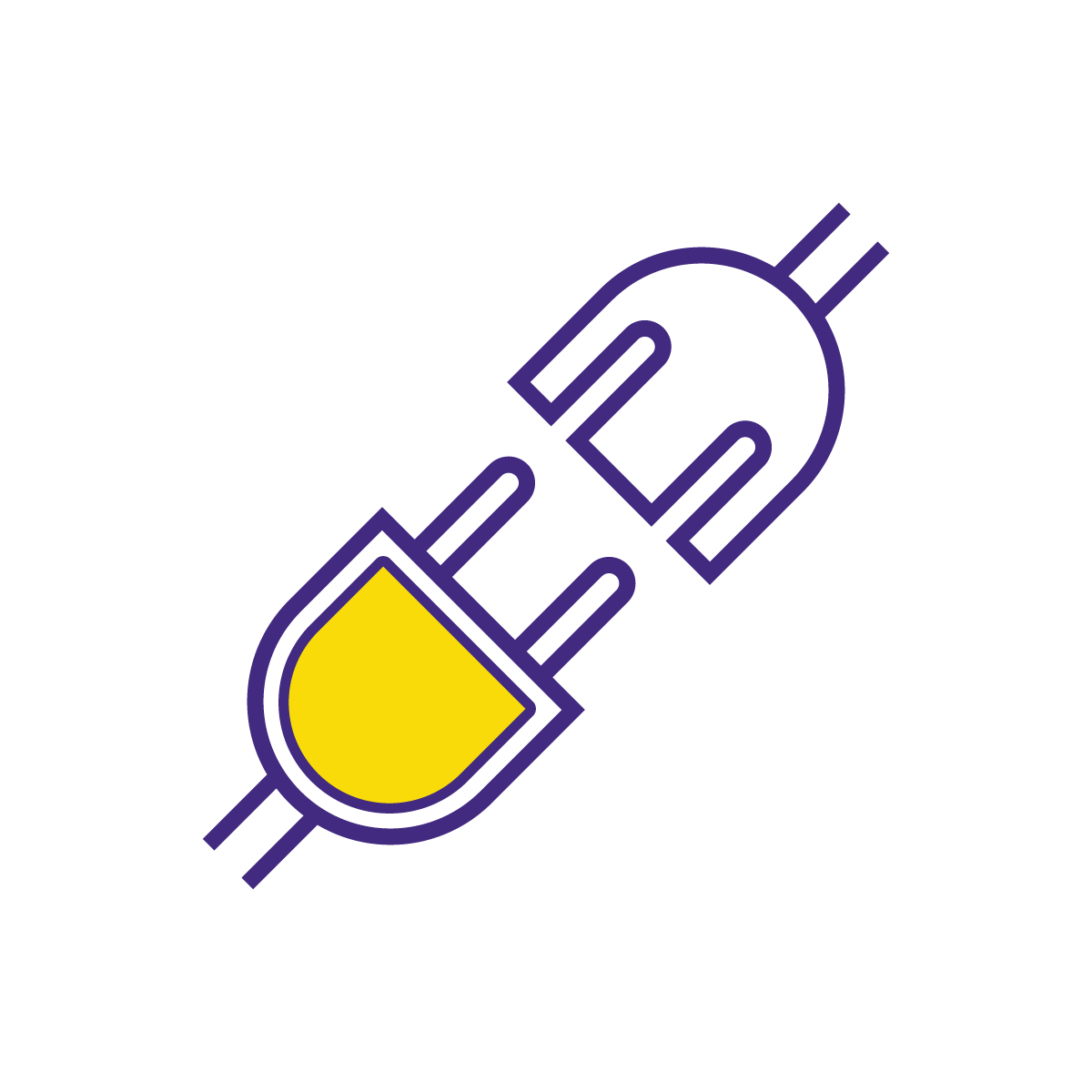
ZONARES PV
Compatibility with Grid high due to dual axis tracking
FOOTPRINT
UTILITY PV
Energy payback (higher environmental footprint solar panels vs mirrors)
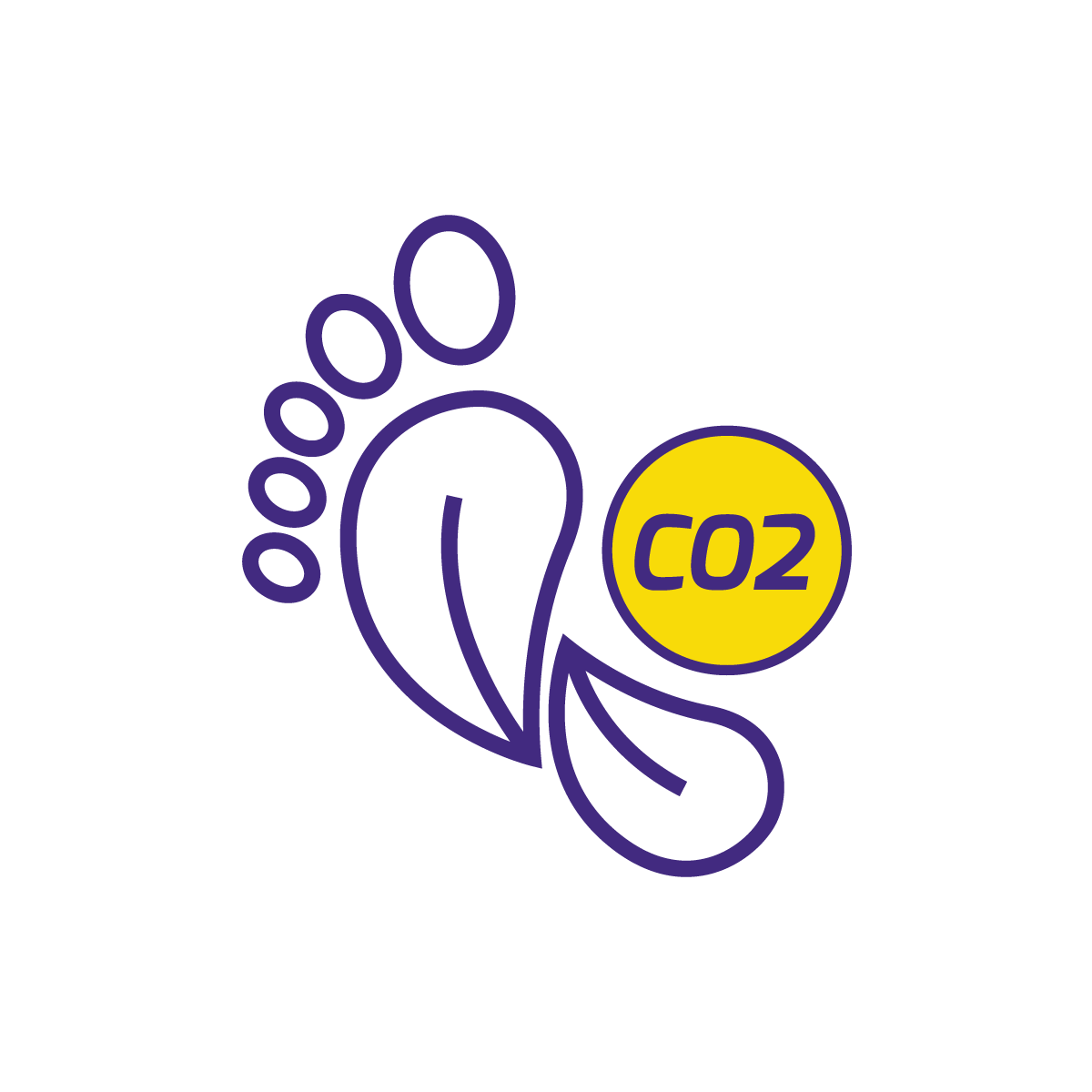
ZONARES PV
Lower environmental
footprint
CO-GENERATION
UTILITY PV
No co-generation
opportunities
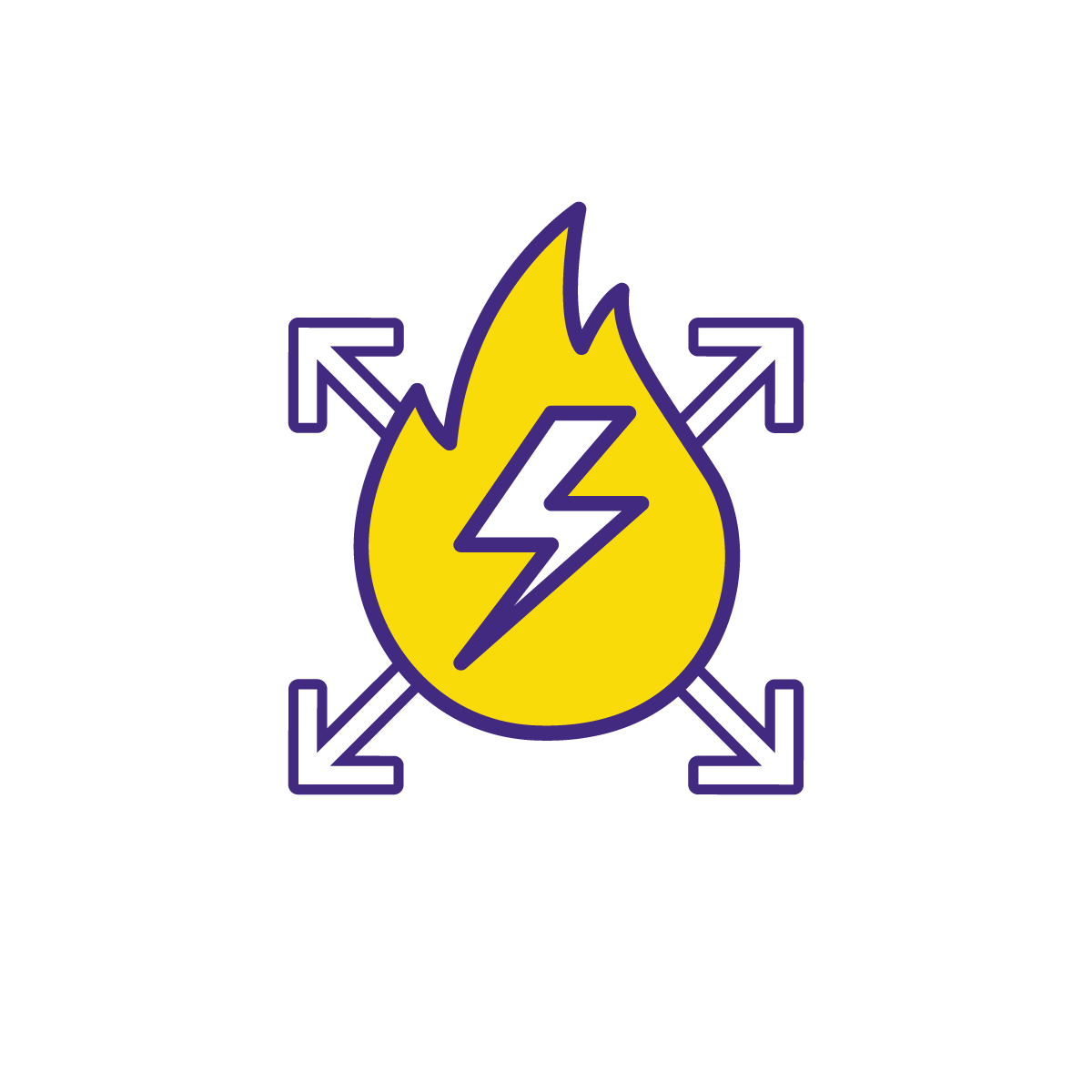
ZONARES PV
Co-generation opportunities with heat such as desalination
COST
UTILITY PV
Cost
(panels vs mirrors)

ZONARES PV
Mirrors cheaper than
solar panels
Areas ideal for Zonares
Market
Utility-scale (1.5 MWp) PV growing market (13% CAGR)
Output scales with direct sunlight
- California
- Southern Europe
- N/S Africa
- Middle East
- Australia
- Beijing area
Short term focus: islands and coastal areas, expensive land and sea water synergies with Zonares’ USPs relative to ordinary PV
FAQ
A common problem for previous HCPV systems is that the primary optics – e.g. a Fresnel lens – have a concentration factor fixed by geometry. That is, the final intensity of sunlight is a fixed multiplied value of the incident intensity. This implies that the operating conditions depend directly on local peak conditions, i.e. the same system will have a different power output and different operating temperature in California than in southern Spain.
The Zonares solution can address this problem as its primary optic is adjustable. The heliostat field density and layout can be altered freely to compensate for potentially different local conditions. The same peak intensity on the energy conversion subsystem can be guaranteed anywhere on Earth, even if the incident sunlight varies locally. This implies that a single tower design suffices, and that the Zonares system is inherently scalable.
Furthermore, the power output can be scaled up by simply constructing multiple towers, whereby the separate heliostat fields can interweave for an even more efficient utilization of land area. This makes the Zonares system truly scalable beyond the 1.5 MWp scale for any suitable location on Earth, regardless of differing local conditions.
Zonares’ pilot naturally extends to a ~1.5 MW system under peak irradiance conditions, which would require ~6,000 m2 of heliostats spread over a ~10,000 m2 area. The tower would be ~50 m high. Owing to the inherent dual-axis tracking, this system would enjoy more equivalent sun-hours during a year and would be able to supply ~5 GWh of electrical power annually in suitable locations (DNI of 2800 kWh/m2/y) such as California.
See F.A.Q. #x for an explanation of dual-axis tracking versus single-axis tracking. The image shows the output profile of Zonares’ PV system relative to its rated power over a day, as well as the output profile of a stationary, conventional PV system. It is clearly visible that the Zonares system is closer to a “square wave”, whilst a conventional PV system exhibits a more sinusoidal output profile over a day. Using the correct industry terminology: the Zonares system has a significantly improved capacity factor, which is significantly easier to integrate into the grid. In particular, the output profile of Zonares’ system closely matches the power demand of a client consuming power during typical working hours, e.g. a business park. It is thus possible to largely match local consumption and generation, with minimal grid reliance.
Heliostats continually adjust their position as the Sun moves across the sky, so as to maintain aim at the focal point at the top of the tower. Whilst this necessity results in additional OpEx, it comes with the benefit of inherent dual-axis tracking. Tracking in the world of PV means the adjusting of orientation in order to intercept more sunlight, and single-axis tracking (with one axis of rotation) is becoming more commonplace. Dual-axis tracking with two axes of rotation is a necessity for concentration by heliostat field, and it results in total freedom to intercept as much sunlight as possible.
The result of dual-axis tracking relative to a stationary solar farm is that the Zonares system intercepts a large share of sunlight already soon after sunrise, whilst the solar farm is at a suboptimal angle with respect to the Sun. As such, the dual-axis tracking enables operation near the rated peak power sooner. Near noon, both a well-oriented stationary solar farm and a dual-axis tracking system perform at their rated power. As the evening falls, the effect of the morning is repeated; a dual-axis system maintains near-peak operation for a longer period of time. A dual-axis tracking system effectively enjoys more hours of sunlight every day.
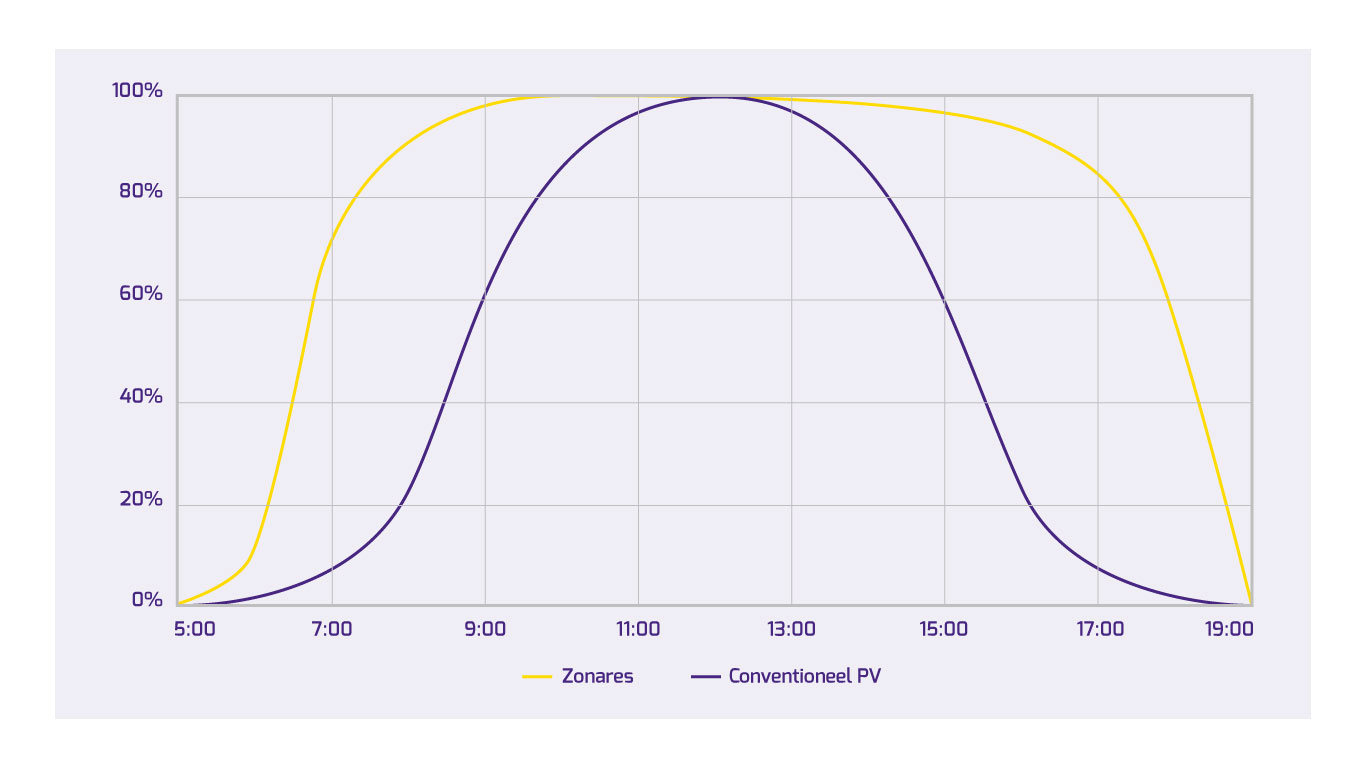
The increased yield largely stems from two factors: improved efficiency under HCPV, and more effective hours of sunlight due to dual-axis tracking. Since the energy conversion subsystem is only required to cover an area on the order of several square metres, it is financially viable to deploy highly efficient yet expensive PV cells such as multi-junction cells, which have been developed for aerospace applications because of their superior power-to-weight ratio. Multi-junction cells boast efficiencies over 40%, significantly higher than the theoretical maximum of Si solar cells used conventionally.
How additional effective sun-hours follow from dual-axis tracking is explained in the following F.A.Q.
Heliostats are the cheapest means to achieve concentration of sunlight. Thus far all HCPV systems employed primary optics such as (Fresnel) lenses to achieve concentration, which were on the order of a square metre in surface area. The sunlight was concentrated onto a multi-junction solar cell with an efficiency of about 1.5 to 2 times that of conventional Si solar cells. As a result of the rapid price decrease of conventional PV modules, the typical primary optics are now more than twice as expensive per unit area. It is therefore implied that HCPV with a (Fresnel) lens cannot compete given the current price levels.
Only with heliostats – the cheapest primary optic available – is HCPV at a competitive Levelised Cost of Electricity (LCOE) possible.
There are two main reasons behind concentrating sunlight with optics, compared to simply using PV modules without concentration. The first is that solar cells become more efficient if sunlight were more intense, i.e. under concentration; if the Sun were twice as strong, all conventional solar cells would output more than twice the power. The second appealing aspect is that the ‘active material’ that does the actual conversion only needs to cover a fractional area.
To illustrate this aspect: if a magnifying glass a square metre in surface area is used to focus sunlight onto a square centimetre, only this square centimetre has to be covered by a solar cell. A square metre of concentrating optic is needed as well as a square centimetre of solar cells, versus a square metre of solar cells in the conventional setting. This principle would make the usage of very expensive yet very efficient solar cells viable, whereas they would not be financially viable if the entire square metre would have to be covered by such expensive cells.
The two reasons combine for the main principle of HCPV: cheap optics justify expensive yet efficient solar cells.
Zonares has developed an optical configuration that enables direct photovoltaic conversion into electricity of sunlight that is collected by a heliostat array, i.e. an array of sun-tracking mirrors. The heliostats redirect the sunlight from a very large area to a focal point at the top of a tower, in the exact same fashion as the solar tower form of CSP.
Simply placing PV modules at this focal point would not result in efficient conversion into electricity, as the distribution of sunlight intensity over the modules would be non-uniform even at the solar cell level. Not only does this result in “hot spots” where extreme cooling capabilities would be required,
Zonares has developed a secondary optic to be placed in a specific configuration near the focal point, which solves this issue by transforming the collected sunlight into an extremely intense beam that is as uniform and collimated as mathematically possible. The optic also corrects for optical errors that necessarily arise in heliostat field operation to achieve this.
The uniform, collimated beam following from Zonares’ patented optical configuration enables energy conversion technologies that require such a beam, most prominently photovoltaic (PV) conversion directly into electricity.
Zonares is an engineering firm developing a unique High Concentrating Photovoltaic (HCPV) energy conversion system, the first HCPV system at utility scale (>1MWp of electricity generation).
Contact

Oliver Menken
Oliver has been working on the HCPV concept since high school. After graduating in econometrics, he decided to become an electrical engineer too to work out every relevant aspect of this idea. A successful thesis project on modelling HCPV systems enabled him to finally reach a positive verdict. Oliver founded Zonares to realise his long-harbored vision of HCPV, and to guide the polished idea to technological maturity. Oliver holds a MSc in Econometrics and Mathematical Economics from the London School of Economics, and a MSc in Electrical Engineering from the Delft University of Technology.

Maarten Mennes
Maarten is a Dutch project developer and entrepreneur in the renewable energy industry. After having studied with Oliver in university, he started working in the Dutch electricity sector. First for the Dutch T.S.O TenneT on the 700MW HVDC interconnector project connecting the Dutch HV grid with the Danish HV grid, and subsequently founded a solar PV project development company. He developed several utility scale projects in the Netherlands and throughout Sub Saharan Africa. Maarten holds a MSc in Physical Chemistry from the University of Amsterdam.


